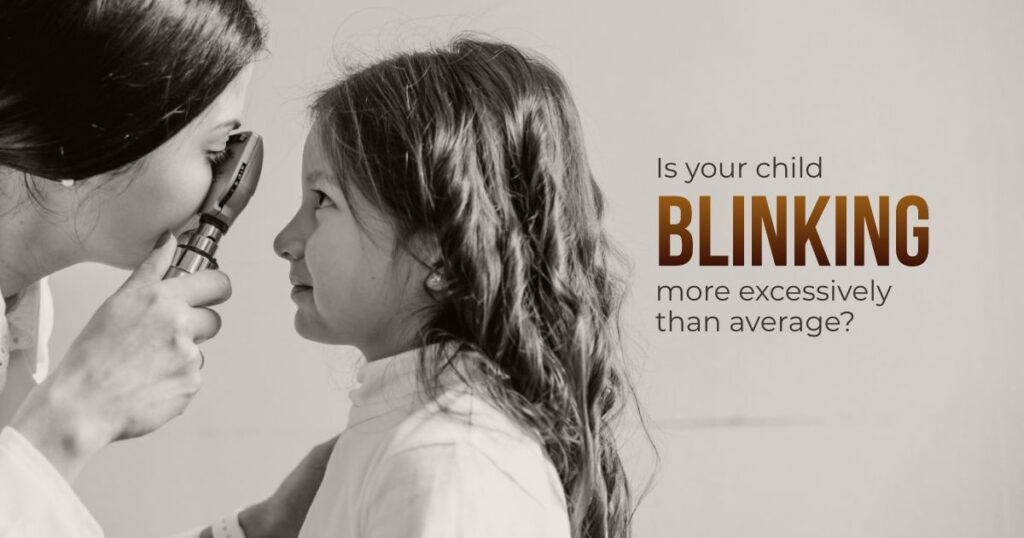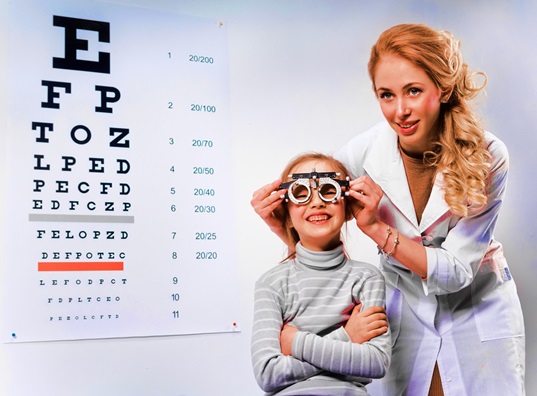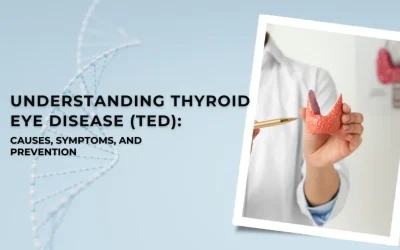Is your child blinking more excessively than average?

Blinking is a natural process of protecting the eyes from foreign objects, dust, dryness etc. When they are infants, the blink rate is usually 2-4 times a minute, and as they grow older, the blink rate comes to 14-15 times a minute. But when blinking is excessive, it can mean something like a symptom of an eye condition, or sometimes there will be no particular reason, which can be diagnosed at the best eye care hospital in Hyderabad Let’s have a look at the causes of excessive blinking.

Causes
- It could be a problem with the front cover of the eyes, “Eyelids”.
- It could be a problem with the Anterior segment of the eyes, including the cornea, lens, and Iris of the eyes.
- It can be a Habitual tic to blink excessively. A tic is repetitive movements which are hard to control. Tics are generally harmless, and kids naturally outgrow this habit.
- It could be Intermittent exotropia, a form of Strabismus where eyes are aligned outward, which increases stress on the eyes leading to blinking more than average.
- Uncorrected Refractive errors can also be the reason for excessive blinking. When there is Refractive error, eyes struggle to focus, making them blink even more to cope with the pressure.
- Finally, It is an extremely rare phenomenon where excessive blinking is a sign of Neurological disorder.
Diagnosis
Take your child to a Paediatric Ophthalmologist, and they will diagnose the reason.
- Equipment called slit lamp would be used to properly examine the eyes for Corneal abrasion, in-grown eyelashes, Conjunctivitis, allergies, foreign objects, etc.
- In case of in-depth diagnosis is required, then a dilated eye examination is prescribed to examine the eye for possible errors.
- The previously mentioned equipment slit lamp is an eye magnifier which the Ophthalmologist will use to examine the eye movements for any signs of Strabismus.
- In the case of Refractive errors, a chart is placed at a distance to assess the patient eye condition to focus at different lengths for different sizes. Rarely particular images are used for the diagnosis of refractive errors.

Treatment
The treatment will depend on the different causes mentioned above,
- Foreign objects or ingrown eyelash cases are treated by removing them from the eye, and certain eye drops are prescribed to heal the eyes.
- For cases of Conjunctivitis(pink eye) or dry eyes, eye drops or other medication will be prescribed according to the severity of the situation.
- For Strabismus (alignment error), glasses alone can correct the alignment, but surgery is required to repair the muscles in some cases.
- Habitual tics cure on their own. Tics can be triggered due to stress, anxiety, fatigue etc. Children go through a lot growing up, so better ask your Pediatric Ophthalmologist to talk to your child about what is bothering them.
- For refractive errors, glasses with the required power are prescribed. Uncorrected Refractive errors can lead to refractive surgery and LASIK eye surgery.
- In cases of Corneal abrasion, antibiotic ointments or eye drops are prescribed to heal the eye. Sometimes eye patch is prescribed to give a rest to the affected eye.

Conclusion
Children facing vision problems at such a young age can affect their focus and ability to believe in themselves. This can impact the things they do daily and lower their confidence. Which parent would want their kids suffering from eye problems and having to take medications, spectacles, eye drops etc.? It is better to take them to a Pediatric Ophthalmologist at the best eye hospital in Hyderabad, at least once every six months to know the condition of their eyes. Like adults, children can not admit their problems clearly at an early stage. So it is our duty as adults to take care of them. So, take your children to a Pediatric Ophthalmologist today at the best eye care hospital in Hyderabad for a complete eye check-up.


